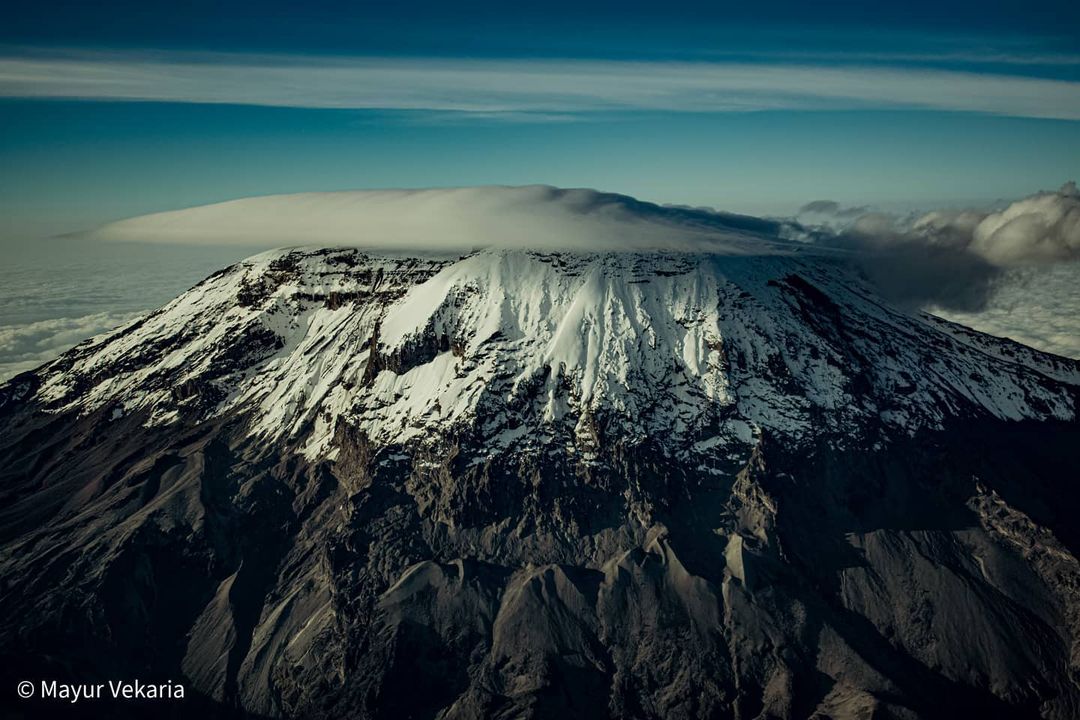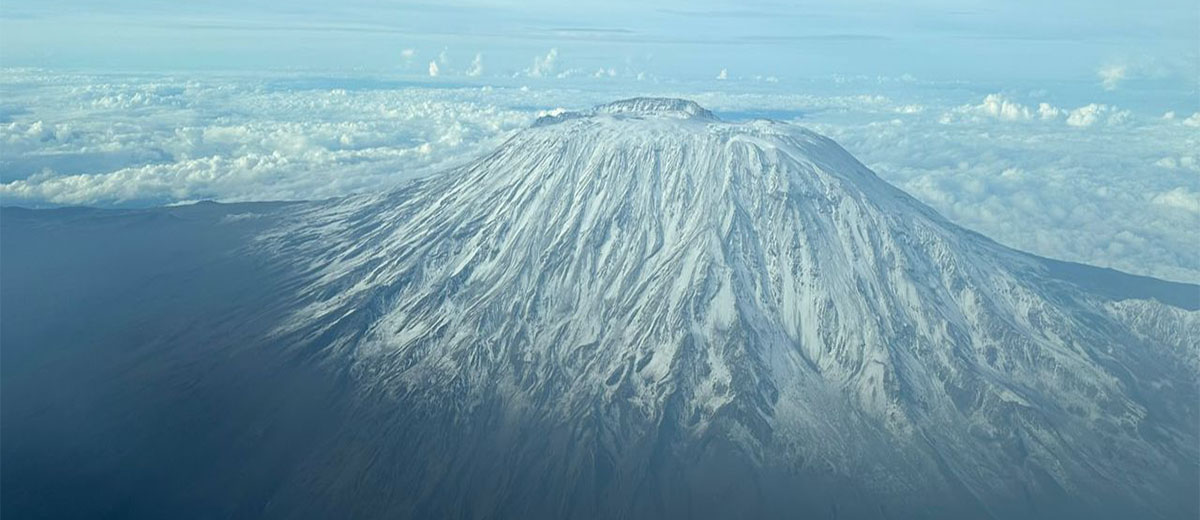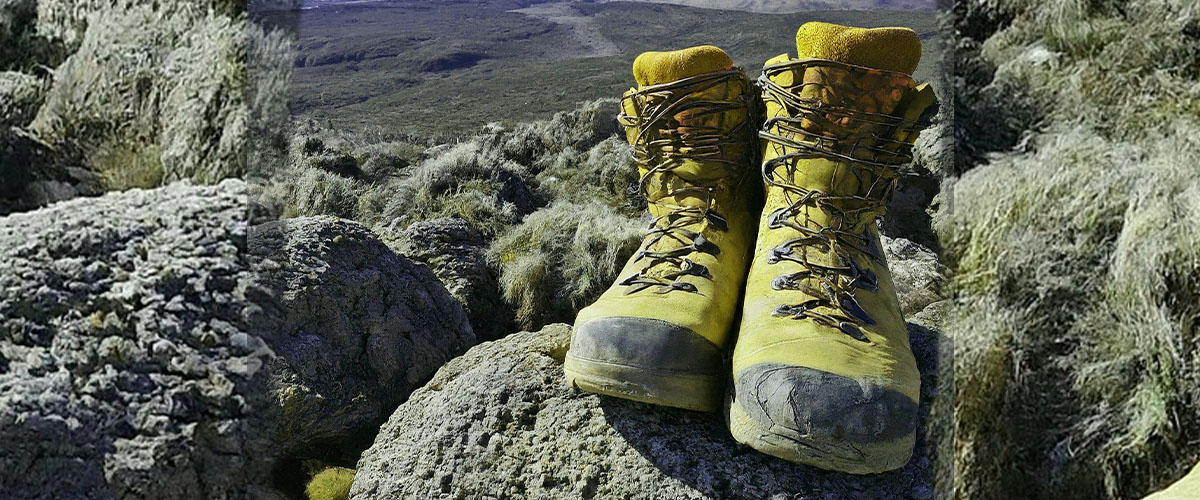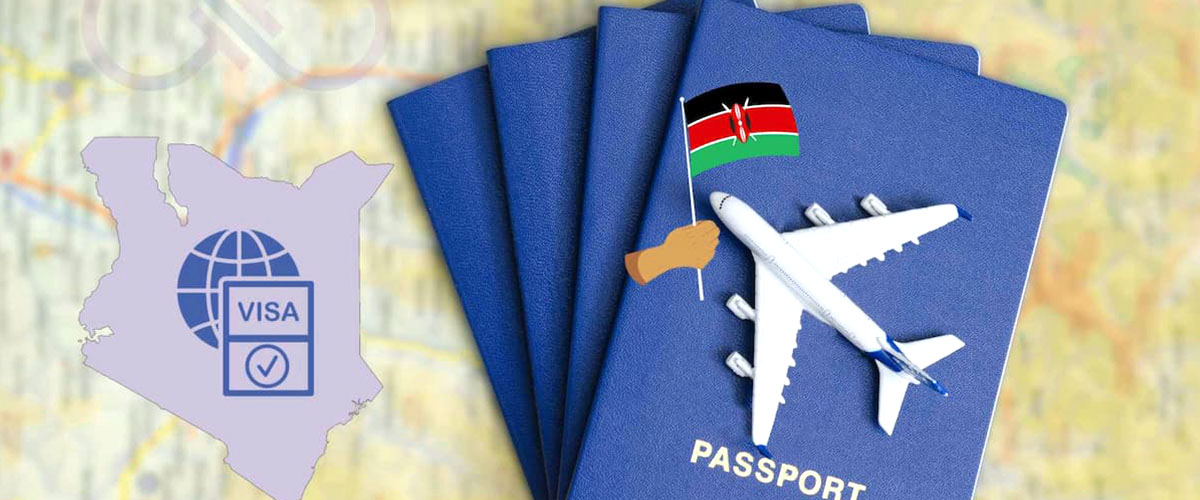Kilimanjaro, Africa’s iconic peak, is a majestic spectacle that captivates adventurers and nature enthusiasts alike. While summiting the peak is a dream for many, a Kilimanjaro scenic flight offers a unique and awe-inspiring perspective. Knowing the best time for Kilimanjaro Scenic Flight is crucial to witness the mountain’s enchantment in all its glory. In this blog, we delve into the nuances of timing, exploring the seasons and conditions that make for the best Kilimanjaro scenic flight experience.
Understanding Kilimanjaro’s Seasons:
Kilimanjaro experiences two primary seasons: the dry season and the wet season. The dry season typically spans from late June to October, while the wet season occurs from April to May and November, Each season paints a different portrait of the landscape, influencing the overall scenic flight experience, while December records the highest level of snowfall at Kilimanjaro’s Uhuru peak.
Is the Dry Season (January to February and Late June to October) the best time for Kilimanjaro Scenic Flight?:
The dry season is considered the prime time for a Kilimanjaro scenic flight. During these months, the skies are clearer, offering optimal visibility for passengers. The lack of precipitation means minimal cloud cover, allowing for unobstructed views of Kilimanjaro’s snow-capped peaks, lush slopes, and surrounding landscapes. The crisp air enhances the overall visibility, making it an ideal time for photography enthusiasts to capture the mountain’s grandeur.

Is the Wet Season (November to May) the best time for Kilimanjaro Scenic Flight?:
While the wet season brings vibrant greenery and a refreshing transformation to Kilimanjaro’s lower slopes, it is not the most favorable time for a scenic flight. Increased cloud cover and the potential for rain may obscure the breathtaking views that passengers hope to witness. Adverse weather conditions can limit visibility and diminish the overall experience. However, this does not mean that this is not the best time for Kilimanjaro Scenic Flight, because it is great for those interested in the dramatic contrast of Kilimanjaro against lush, green surroundings, the wet season provides a unique perspective.

Considerations for the Ideal Scenic Flight:
Visibility and Clarity:
The primary consideration for the best time for Kilimanjaro scenic flight is optimal visibility. Clear skies during the dry season provide an unobstructed view of the mountain and its surroundings.
Photography Conditions:
Photography enthusiasts should aim for the dry season when the clarity of the air allows for stunning shots of Kilimanjaro’s peaks, glaciers, and diverse landscapes.
Weather Patterns:
Monitoring weather patterns is crucial. While clear skies are favorable, avoiding heavy cloud cover and rain is essential for an unobstructed view during the flight.
Sunrise or Sunset Flights?
Consider the time of day for your scenic flight. Sunrise and sunset flights can offer a different ambiance and unique lighting conditions, adding an extra layer of magic to the experience.
Environmental Considerations:
When planning a Kilimanjaro scenic flight, it’s essential to be mindful of environmental conservation. Opting for responsible tourism practices and supporting operators committed to sustainability ensures that this breathtaking natural wonder is preserved for future generations.
Conclusion:
In the pursuit of the perfect Kilimanjaro scenic flight, timing is everything. While each season offers a unique perspective, the dry season, particularly January to February and Late June to October, stands out as the optimal time. Clear skies, minimal cloud cover, and favorable weather conditions provide an unparalleled opportunity to witness Kilimanjaro’s magic from above.
Whether you’re a seasoned traveler, an adventure seeker, or someone yearning for a new perspective on nature’s wonders, a Kilimanjaro scenic flight promises an experience that transcends the ordinary. By choosing the best time for Kilimanjaro Scenic Flight that align with your holiday plan schedule you’re poised to embark on a journey that will leave you with memories etched in the clouds and a profound appreciation for the beauty of Kilimanjaro.




